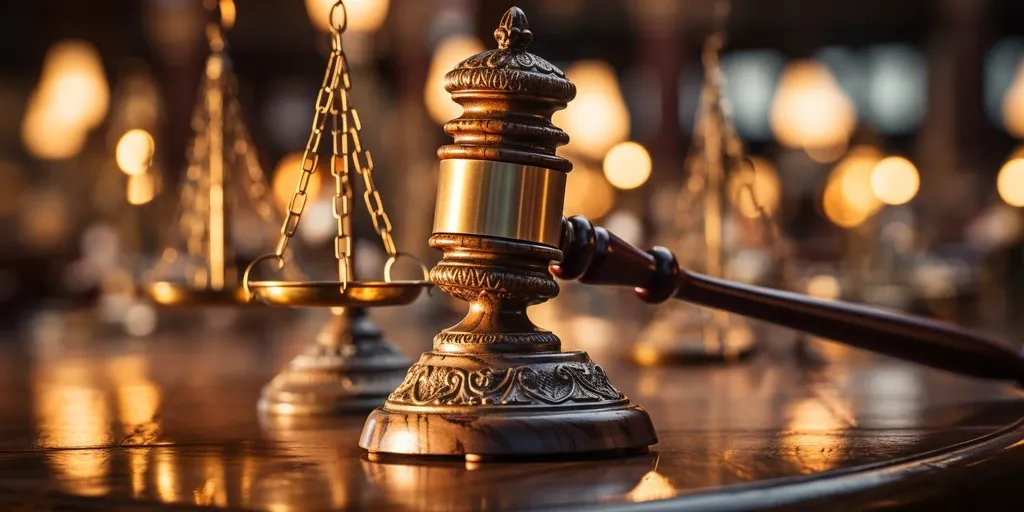The criminal justice system plays a vital role in maintaining law and order, protecting citizens, and upholding justice. However, over the years, it has faced growing scrutiny for its shortcomings, including systemic bias, over-incarceration, and unequal access to justice. Reforming this system is crucial for fostering equity, efficiency, and public trust. This blog explores actionable reforms to address these challenges and create a fairer justice system.

Understanding the Current Challenges
The criminal justice system is often criticized for:
- Over-incarceration: The U.S. leads the world in incarceration rates, with a disproportionate impact on minority communities.
- Systemic Bias: Racial and economic disparities affect arrest rates, sentencing, and access to legal representation.
- Inefficiency: Overburdened courts and prolonged case resolutions undermine public trust.
- Recidivism: A lack of effective rehabilitation programs leads many offenders to reoffend after release.
Addressing these issues requires a multifaceted approach that touches every stage of the justice process, from policing to parole.
Key Areas for Reform
A. Policing Practices
- Community Policing: Building relationships between law enforcement and local communities to foster trust.
- De-escalation Training: Equipping officers with techniques to resolve situations peacefully.
- Body Cameras and Accountability: Promoting transparency and reducing instances of misconduct.
B. Sentencing Reforms
- Eliminate Mandatory Minimums: Allow judges more discretion to tailor sentences to individual cases.
- Address Nonviolent Offenses: Replace prison terms for nonviolent crimes with community service or probation.
- Abolish Cash Bail: Reduce pretrial detention for low-income individuals unable to afford bail.
C. Prison Reform
- Rehabilitation Programs: Focus on education, vocational training, and mental health services.
- Improve Living Conditions: Ensure humane treatment for inmates to promote dignity and rehabilitation.
- Reduce Solitary Confinement: Limit the use of isolation to prevent psychological harm.
D. Reentry Support
- Job Placement Services: Help former inmates reintegrate into society with stable employment.
- Housing Assistance: Provide safe housing options to reduce homelessness among ex-offenders.
- Expungement of Records: Allow individuals to clear their criminal records for minor offenses after demonstrating good behavior.
E. Juvenile Justice Reform
- Focus on Rehabilitation: Prioritize programs tailored to young offenders to prevent lifelong criminal behavior.
- Raise the Age of Criminal Responsibility: Treat minors in ways appropriate to their developmental stage.

The Role of Technology in Reform
Technology can drive significant improvements in the criminal justice system:
- Data Analytics: Use data to identify patterns of bias and inefficiency.
- Electronic Monitoring: Reduce incarceration rates with ankle monitors for nonviolent offenders.
- Virtual Courtrooms: Improve accessibility and reduce case backlogs with online hearings.
Tackling Systemic Bias
Systemic racism and classism are deeply ingrained issues that require targeted solutions:
- Bias Training: Regular training for law enforcement and judicial staff to recognize and address implicit biases.
- Diverse Representation: Increase diversity among police, judges, and attorneys to reflect community demographics.
- Oversight Commissions: Establish independent bodies to investigate allegations of misconduct.
Public Involvement and Advocacy
Real reform cannot happen without public support:
- Grassroots Movements: Encourage community-led initiatives to pressure lawmakers for change.
- Education Campaigns: Raise awareness about the impact of current policies and the benefits of reform.
- Citizen Oversight: Create boards that involve the public in monitoring law enforcement activities.
Examples of Successful Reforms
Countries like Norway and the Netherlands have implemented progressive reforms, focusing on rehabilitation over punishment. Their low incarceration rates and recidivism statistics highlight the success of such approaches. Adopting similar practices can yield transformative results.
Challenges to Reform
Political Resistance: Opposition from groups with vested interests in maintaining the status quo.
Funding Issues: Implementing reforms often requires significant investment.
Public Perception: Convincing citizens that reforms will enhance, not compromise, public safety.
Moving Forward
Reforming the criminal justice system is a complex yet essential task. It demands collaboration among lawmakers, law enforcement, activists, and the public. By addressing systemic flaws and focusing on rehabilitation, we can build a system that upholds justice, equality, and human dignity.




